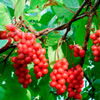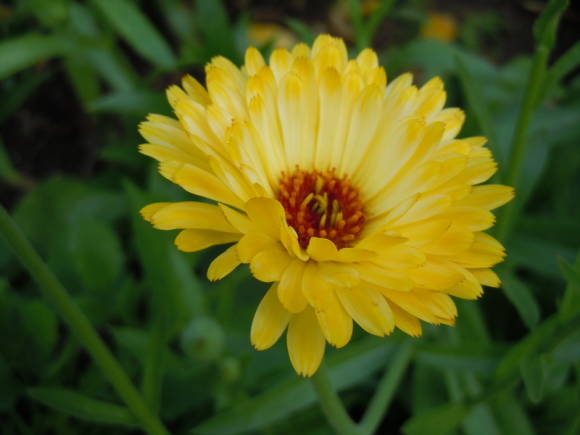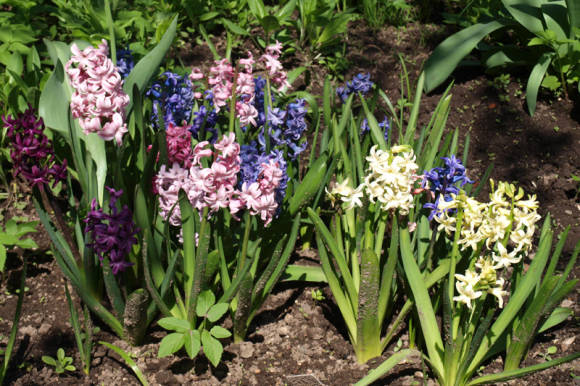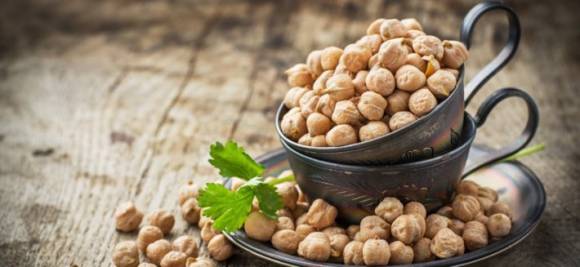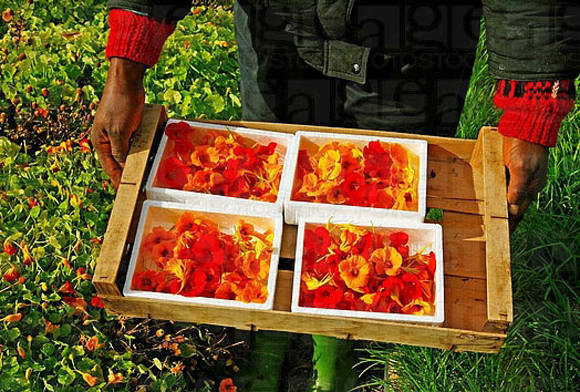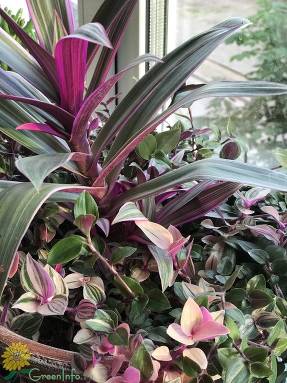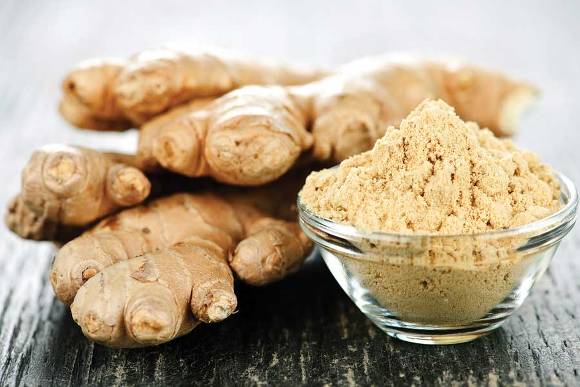In the family cardiospermum(Cardiospermum) from the sapindaceae family (Sapindaceae) - 14 species common in tropical regions of Africa, India, North and South America. The sapindae family is interesting because in their homeland the local population has long used plants for washing, and calls them soap nuts or soap berries.
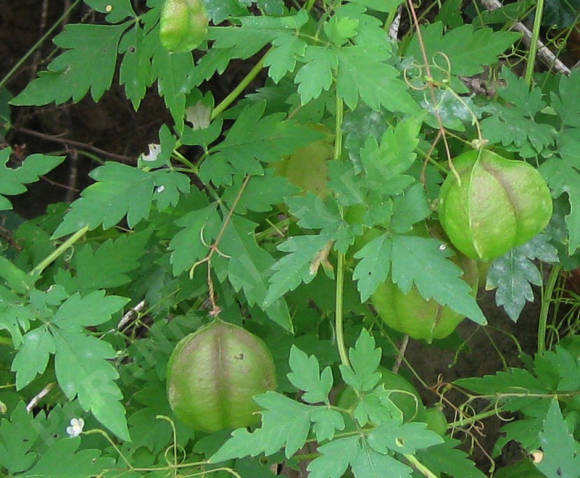
The most famous of this relatively small African-American genus is the Halikakabian cardiospermum. (Cardiospermum halicacabum). Its fern-like leaves and decorative swollen capsules are attractive. This plant is added to bouquets to create a kind of airiness.
It is a slender, woody, evergreen, curly annual or biennial at the base. Leaves 15-20 cm long, divided into 7-9 oblong-oval, deeply toothed, pinnately incised, bright green leaflets. Small, greenish-white flowers 0.5 cm in diameter. Oblong seed pods 2-3 cm long. Flowering is quite long - from mid-summer to autumn.
This species was first described in 1543 by Leonard Fuchs in The New Herbalist. The author mistakenly attributed the plant to the nightshade family. In chapter 265 of the book, he wrote: “While we do not know too much about this field cherry, therefore we cannot report anything about its action. However, this plant is very beautiful, and we do not want to deny the pleasure of other authors to reflect on what actions it can have. "
The plant cardiospermum got its name in 1753 from the tireless Karl Linnaeus. Cardiospermum means "heart seed", and appeared due to the fact that on the surface of the black-brown seeds there is a white speck that resembles a heart. Species name translation halicacabum from ancient Greek - "salt shaker".
 |  |
Medicinal properties
The plant began to enter European medicine in the middle of the last century, thanks to Wilmar Schwab, who conducted numerous expeditions in Africa. Studying the traditional medicine of various countries of this continent, the scientist found out the medicinal properties of this plant, which was used to treat rheumatic diseases, disorders of the digestive and urinary tract functions, and respiratory tract diseases. Currently matrix tincture Cardiospermum halicacabum produced from the aerial parts of a flowering plant in accordance with the prescriptions of the Homeopathic Pharmacopoeia.

This type of cardiospermum contains a large number of biologically active substances. Among them are triterpene saponins, quebrachitol, chalic acid, tannins, pentacyclic terpenes (glutinone, β-amirenone, β-amirin), sterols (β-sitotsterol, campesterol, stigmasterol), flavonoids, fatty oil (up to 33%) in the composition of which arachidone acid, 11-eicosenic acid, linolenic, linoleic, oleic and other acids), as well as quite rare cyanolipids.
The phytosterols contained in the plant have a chemical structure similar to cholesterol and are able to penetrate the cell membranes. The researchers noted the drug's ability to stabilize the lysosomal membrane. In addition, phytosterols are able to effectively suppress inflammation and eliminate itching in skin diseases. The aerial part collected during flowering, dried leaves and fatty oil of the fruit are used as medicinal raw materials.
The drugs are prescribed for chronic dermatoses, including atopic dermatitis, cumulative-toxic contact eczema, allergic eczema. In studies, plant preparations are compared with cortisone. In the course of numerous clinical studies carried out in various countries of the world, the effectiveness and safety of preparations of this plant, primarily in the form of an ointment, for the local treatment of various forms of eczema has been proven.
Cardiospermum preparations included in cosmetics are effective protection against negative environmental influences: sun, wind, cold, dust, etc. Has a pronounced anti-allergic effect.
But at home, it is still more interesting as a decorative culture.
Growing

Seeds are sown two months before the intended planting in separate pots with nutrient soil. And the landing is supposed when the danger of frost has passed. You can sow later, but our summer is so short that cardiospermum may not have time to "self-actualize" with lush greenery and seed pods. In early June, the plants are transferred to the nutrient soil in a sunny and wind-protected place. They put supports or simply pull strings against the wall - its shoots are not heavy. Its greenery is light, so you can plant nearby plants with darker greens. And before the frost, the plant will fulfill its intended role as a green screen.
